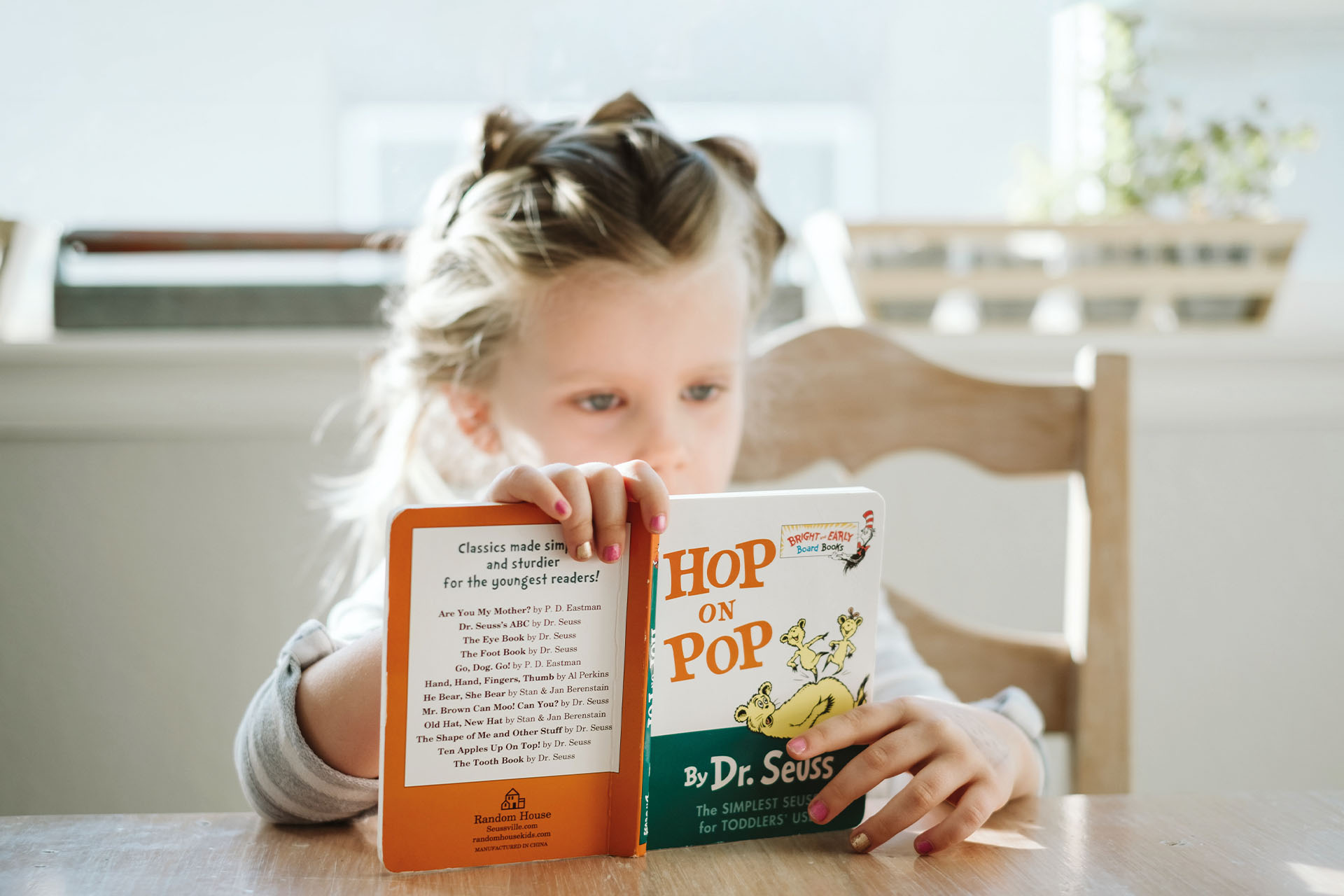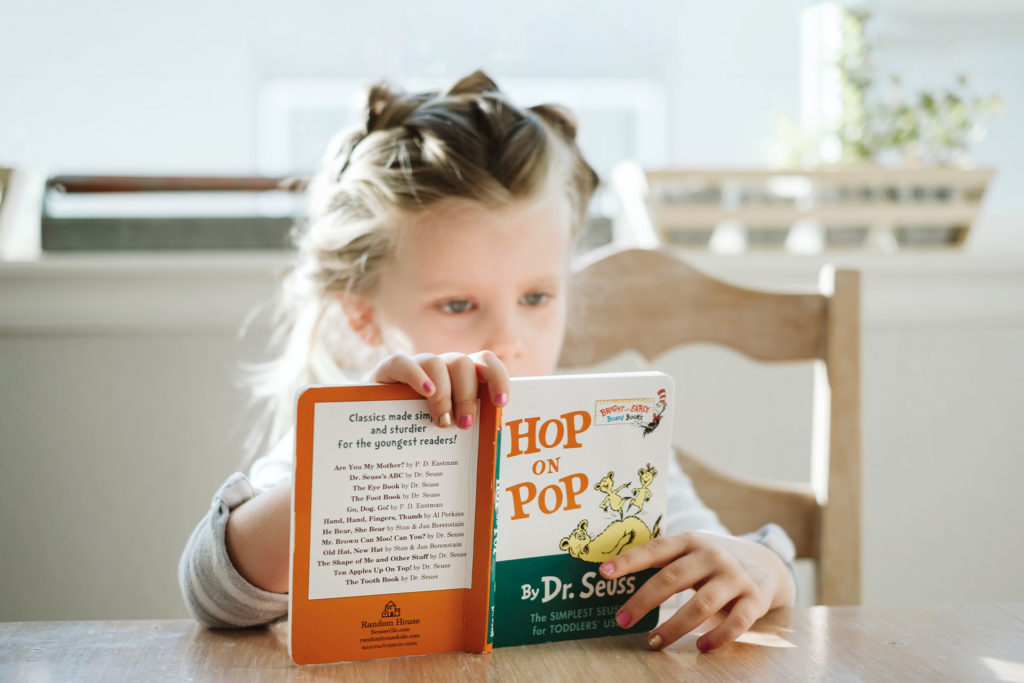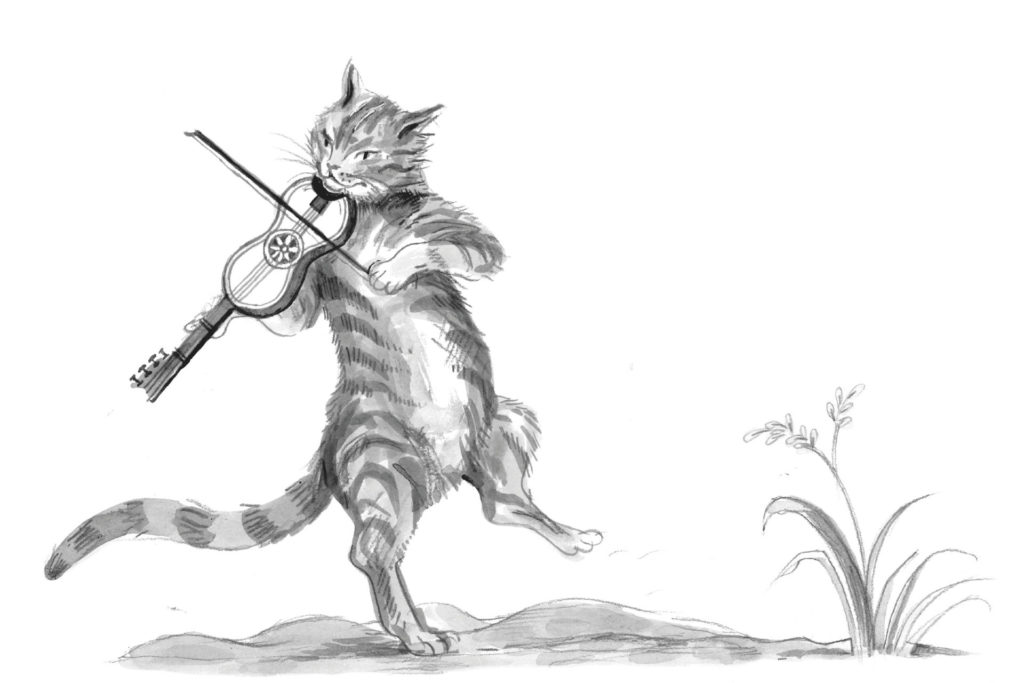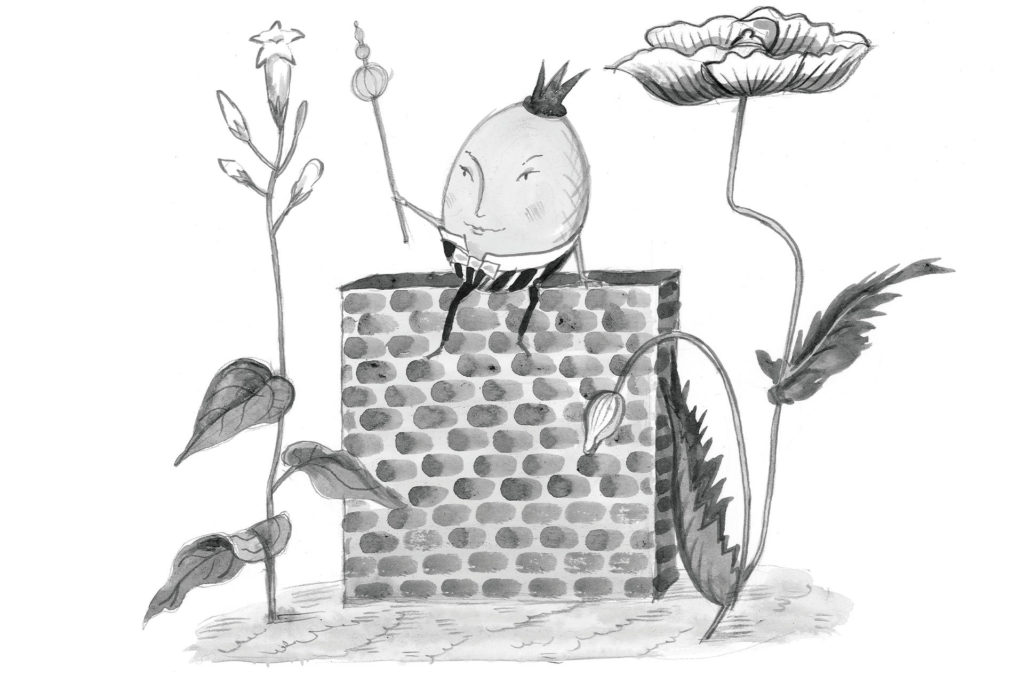Do Nursery Rhymes Improve A Child’s Future Literacy Skills?
By
2 years ago

Award-winning poetry curator Allie Esiri on the pivotal role of nursery rhymes for a child’s future literacy

Nursery rhymes aren’t just a way to have fun with your baby or toddler – they’re also one of the best tools you have to get them ready for school.
A US 2001 study showed children who knew eight nursery rhymes by heart at the age of four would likely be the best readers and spellers in their class by the age of eight. Further research in 2009 shows these benefits remain even when accounting for differences in IQ, social background, and starting skills.
So the question isn’t whether nursery rhymes benefit children’s literacy, but how.
The answer is the basic ingredients we expect from nursery rhymes. It’s their rhythm, repetition and rhyme that makes them so useful. These patterns improve children’s comprehension, while developing phonological awareness — the foundation for spelling and reading.
There are 44 ‘phonemes’, or speech sounds, in English. Nursery rhymes develop phonological awareness by exposing kids to these sounds and encouraging them to identify, recognise and distinguish them. Nowadays most children learn literacy through phonics — matching letters to the sounds they make. This is much easier if they’re familiar with speech sounds before they start school.
Alliterative or rhyming names like Lucy Locket and Humpty Dumpty help toddlers wrap their heads around speech sounds. Even when nursery rhymes descend into nonsense, their benefits remain. ‘Hickory dickory’ and ‘higgledy piggledy’ sound like sanity-depleting gibberish, but nonetheless encourage kids to start intuitively noticing patterns in how words sound. Weak phonological skills are a major cause of reading problems down the line, so developing them early is key and an advantage.

Nursery rhymes are also great at developing syllabic awareness – the ability to break words into chunks of sound – because of their rhythm. Amazingly, research shows babies respond to the rhythm or beat of speech before they’re even born, which explains why songs and lullabies can be so soothing for little ones. Unlike normal speech, nursery rhymes accentuate the rhythm in language, which helps children intuit syllable breaks. This is especially true when accompanied by clapping or action games; in the rhyme ‘Pat-a-cake’, ‘ba-ker’s’ gets two claps. Rhythm also helps children grasp sentence structure, which aids their understanding.
Oral storytelling through nursery rhymes develops comprehension while stimulating children’s imaginations. Plus, many of the words in nursery rhymes aren’t common in daily speech — think bobbin, sixpence, pail and dame. Reading, singing or chanting rhymes is a great way to advance vocabulary growth, which is directly linked to achievement in school.

A key comprehension skill is reasoning – in nursery rhyme terms, the ability to guess the next word or line. In ‘head, shoulders, knees and toes,’ whether a child grasps that it is ‘eyes and ears and mouth and nose’ because their nose was the only thing left on their face, or just because ‘nose’ rhymes with ‘toes’ their reasoning skills are still improving, while actions and repetition cement vocabulary acquisition.
Because of their actions, tunes and games, nursery rhymes are an easy way of introducing literacy skills playfully and creatively; they entertain while benefiting children’s emotional, social, and physical development. Kids who develop a love of storytelling and wordplay early on have a great head start when they begin school, and are more likely to be avid readers.

Using books like A Nursery Rhyme for Every Night of the Year help nursery rhymes become part of your daily routine, as children learn best in small, frequent chunks. Every rhyme, drawn from across time and across the world, is accompanied by interesting facts to spur you and your child’s imagination.
Allie Esiri’s new, definitive collection of nursery rhymes, A Nursery Rhyme for every Night of the Year (Macmillan HB, £20), is published in March 2023, featuring beautiful illustrations by artist Emily Faccini.






